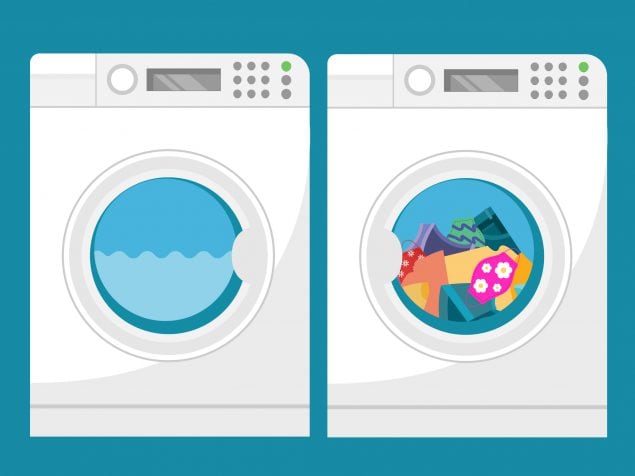How to Handwash Catholic Style
The Catholic Diocese of Dallas has provided the graphic below detailing how to wash your hands.
Masking Information from the Texas Department of State Health Services
The Texas Department of State Health Services states "vaccinated or not, wearing a mask in indoor public spaces, can help protect you and everyone close to you." You can read more health recommendations from the Texas Department of State Health Services to help protect you and those around you by visiting their website.
- The Texas Department of State Health Services has also provided a document that includes guidance for vaccinated and unvaccinated individuals.
Your Guide to Masks
The Centers for Disease Control and Prevention has provided a guide to wearing a mask. You can visit the CDC website for more information or read the details below.
- If you are not fully vaccinated and aged 2 or older, you should wear a mask in indoor public places.
- In general, you do not need to wear a mask in outdoor settings.
- In areas with high numbers of COVID-19 cases, consider wearing a mask in crowded outdoor settings and for activities with close contact with others who are not fully vaccinated.
- People who have a condition or are taking medications that weaken their immune system may not be fully protected even if they are fully vaccinated. They should continue to take all precautions recommended for unvaccinated people, including wearing a well-fitted mask, until advised otherwise by their healthcare provider.
- If you are fully vaccinated, to maximize protection from the Delta variant and prevent possibly spreading it to others, wear a mask indoors in public if you are in an area of substantial or high transmission.
- If you are fully vaccinated, see When You’ve Been Fully Vaccinated.
Wearing a mask over your nose and mouth is required on planes, buses, trains, and other forms of public transportation traveling into, within, or out of the United States and while indoors at U.S. transportation hubs such as airports and stations. Travelers are not required to wear a mask in outdoor areas of a conveyance (like on open deck areas of a ferry or the uncovered top deck of a bus).
How to Select
When selecting a mask, there are many choices. Here are some do’s and don’ts.
Special Considerations
People with beards
Certain types of facial hair, like beards, can make mask fitting difficult. Masks that fit well protect you better. To have a better fit, people with beards can shave their beards or trim their beards close to the face.
Other ways to improve fit

For people with beards that are not trimmed close to the face, masks may fit loosely around the beard. However, people with beards should still wear a mask. Masks designed for people with beards are being evaluated, and information will be provided when it becomes available.
Wearing a mask does not raise the carbon dioxide (CO2) level in the air you breathe
Cloth masks and surgical masks do not provide an airtight fit across the face. The CO2 escapes into the air through the mask when you breathe out or talk. CO2 molecules are small enough to easily pass through mask material. In contrast, the respiratory droplets that carry the virus that causes COVID-19 are much larger than CO2, so they cannot pass as easily through a properly designed and properly worn mask.
How to Wear
Wear a mask correctly and consistently for the best protection.
- Be sure to wash your hands or use hand sanitizer before putting on a mask.
- Do NOT touch the mask when wearing it. If you have to often touch/adjust your mask, it doesn’t fit you properly, and you may need to find a different mask or make adjustments.

How to Clean

Reusable masks should be washed whenever it gets dirty or at least daily. If you have a disposable face mask, throw it away after wearing it once. Always and wash your hands after handling or touching a used mask.

